
A network of old footpaths, mapped by a local vicar to form a new long-distance trail, is dotted with reminders of a spiritual past
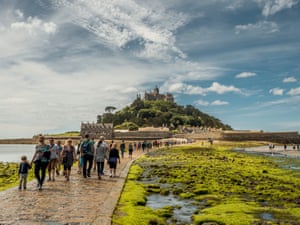
On the strand at Downderry, my guidebook suggests, I should pick up a pebble. “Choose one to mark the start of your journey,” it counsels. I settle on a charcoal-coloured stone featuring lots of vaguely psychedelic parallel pink lines. Some diverge and thicken as others separate, going solo. It makes me think first of a network of paths – and then of how lives are spent sometimes in solitude, sometimes surrounded by loved ones.

OK, it’s not exactly Nietzsche, but pleasant philosophical musings typify my three days on the Cornish Celtic Way: a new long-distance walking route that takes visitors away from many of the county’s over-visited spots. Dreamed up by a 55-year-old clergyman, the 125-mile trail joins existing paths, bridleways and back roads from sleepy St Germans on the River Tiddy to the coastal village of Downderry, before taking the coast path – further-flung sections of which are wonderfully quiet – all the way to Polruan at the mouth of the River Fowey. After a ferry across to Fowey town, there’s a northerly traverse through quiet countryside to Padstow, before rejoining the coast path – with occasional detours inland.
Swerving south before busy St Ives, the route heads back across the county and finishes at the small tidal island of St Michael’s Mount. That amounts to 16 stages which can be completed in two weeks at a leisurely pace, or done in smaller sections.
The eponymous laminated guidebook to the route (£15) is written by the Reverend Nigel Marns, vicar at the 14th-century St Paul’s church in Ludgvan, near Marazion, one of the stars of stage 15.

It’s a delightful publication, with directions accompanied by poems, songs, quotations, suggestions for activities – such as the Downderry pebble pick-up – and questions for contemplation, around qualities such as patience. And it’s not overly religious.
“I’m trying to do something a bit new,” says Marns, who also runs guided group walks on the route. “It’s not purely a hiking guide instructing you to turn left at the third hedge, nor a dry historical text.”
It works for me. As I ramble from St Germans to narrow-laned Polperro over two days, and then across country from the outskirts of St Ives to Marazion in one more, the book provides succour and perspective. Take the moment when, sweary after being stung by a nettle outside Seaton, I open it to find an excerpt from Dostoevsky’s The Brothers Karamazov. “Love the animals, love the plants, love everything,” it urges. “If you love everything you will perceive the divine mystery in all things.” A bit on the hippy side, perhaps, but I grit my teeth and try to love the nettle.
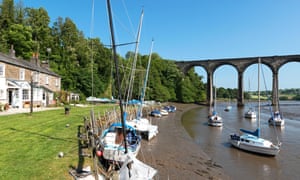
There are some biblical passages (the Celtic Way is intended as a pilgrimage route, after all) but the trail, and the book, will also appeal to anyone fond of history or mysticism. Celtic crosses – stone Christian crosses topped with a ring, common to regions evangelised by Irish missionaries between the 9th and 12th centuries – regularly appear, while standing stones await at St Breock. And close to Perranporth is St Piran’s Oratory, a haunting duneside ruin.
And, of course, like Spain’s Camino de Santiago pilgrimage routes, the Celtic Way can be undertaken purely as a hiking challenge. There are lusty hills to climb for majestic views. There are flower-festooned lanes blitzed by butterflies in summer, rust-coloured woodlands in autumn. There are white sand beaches galore, and plenty of highlights: Treffry Viaduct, pretty Fowey and, finally, St Michael’s Mount itself. Being car-free and getting off the beaten track is the biggest bonus.
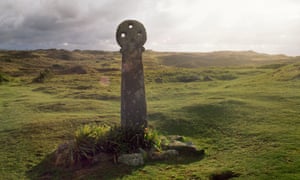
This is a walk for Christians and those of other faiths or none at all. “We live in an era beset by crises, be they ecological or humanitarian, and I think pilgrims or people on a journey often carry those problems with them – as well as their own worries,” says Marns. “Walking pace allows for the gathering of thoughts – a chance to work things out.”
Still, at certain times, all pondering must be interrupted to settle a timeless dilemma: left or right? Thankfully, Marns’ directions and maps are excellent, and I never once get lost. His timings and stage gradings also impress.
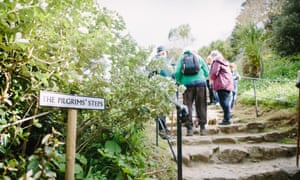
Currently, the chief omission is accommodation suggestions. In future, Marns and his team aim to suggest a range of financial options – from £100-a-night guesthouses to church floors for the pious and less flush – but this won’t happen before next spring.
The Guardian

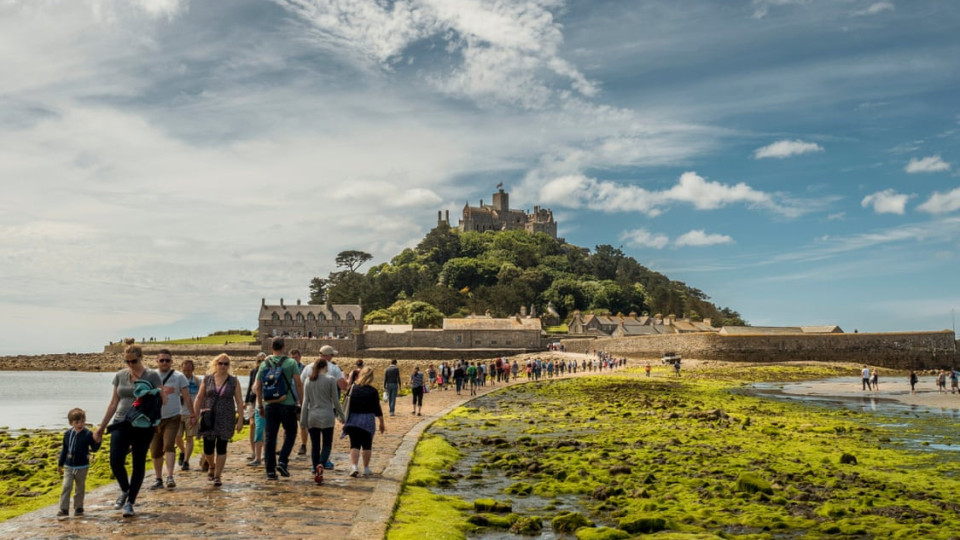






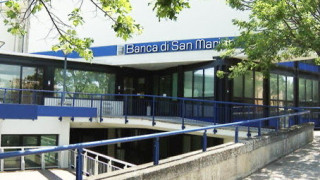


Leave a comment